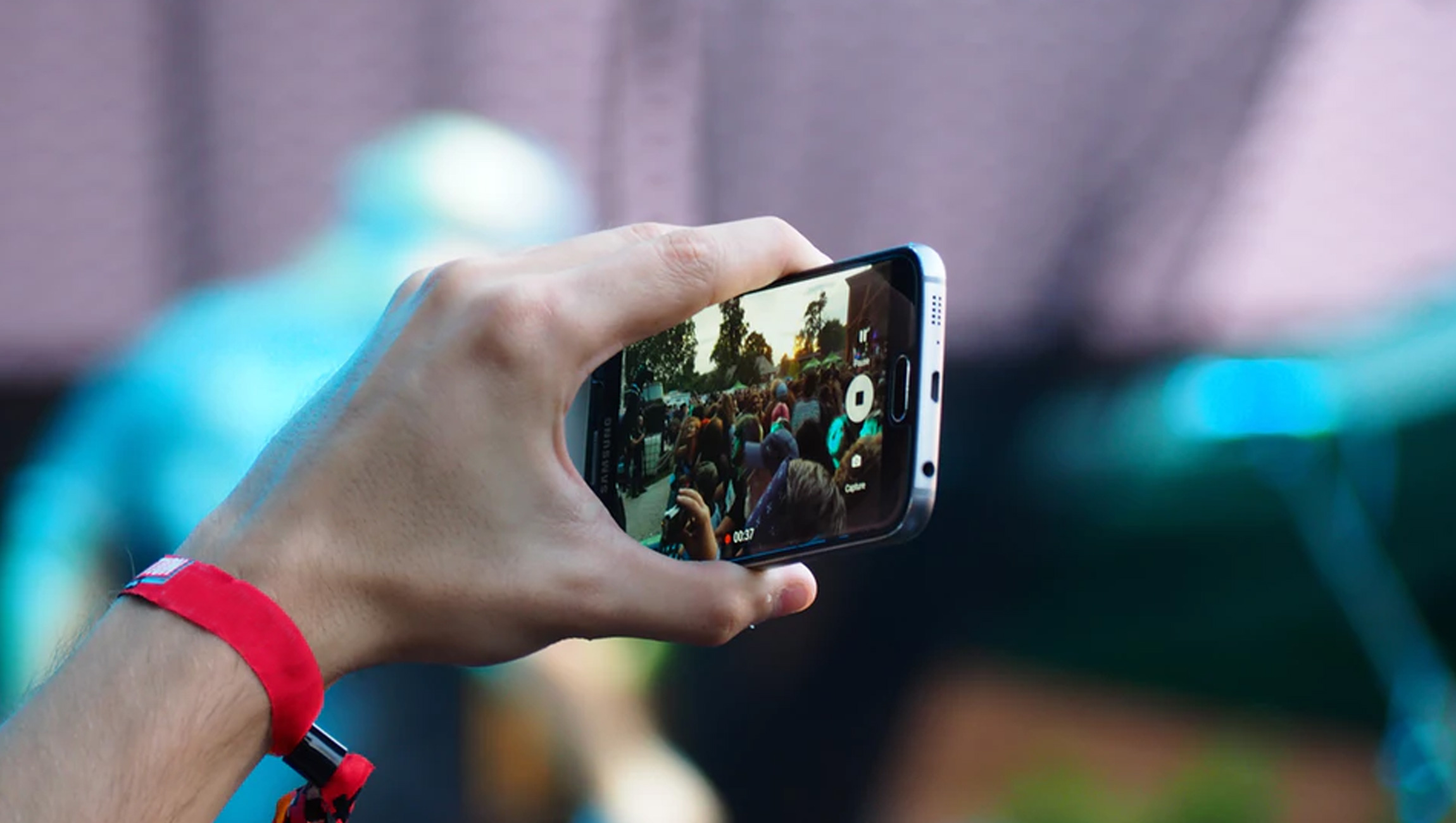 Is this the age of mobile video consumption, 78% of people watch online videos every week, with 55% having a daily viewing habit. Therefore, it is no surprise 2019 forecasts predict mobile ad spend to grow by 2.4% from 2018, whilst digital video ad spends grew 5.9% between 2017-2018 and is forecasted to grow a further 3.9% in 2019 (Pubmatic 2019).
Is this the age of mobile video consumption, 78% of people watch online videos every week, with 55% having a daily viewing habit. Therefore, it is no surprise 2019 forecasts predict mobile ad spend to grow by 2.4% from 2018, whilst digital video ad spends grew 5.9% between 2017-2018 and is forecasted to grow a further 3.9% in 2019 (Pubmatic 2019).
In a time of online sensory overload, advertisers are scrambling to get their content seen. Some have resorted to developing ads that pop-up or cover the content of the page, the viewer is trying to access however this just escalates what seems like an ongoing battle between the desire for attention and the prevention of intrusiveness, resulting in 1 in every 2, 18-24-year olds installing ad blockers (Verizon 2019).
Video’s format is widely praised for its higher rates of engagement and therefore its popularity could be attributed to the fact it provides a solution that is less intrusive and aggravating to the audience but still provides penetration into their online habits. Brands are following this trend, shifting focus and their budgets towards video and rightly so. Video content is far more easily absorbable and therefore has an adept ability to evoke more emotion than static ad content ever could, allowing substantial brand story-telling and as a consequence building favorable brand relationships.
Read More: Eye Rolls at Pre-Rolls: How to Escape the Trap of Annoying Ads
Wirebuzz found that brands using video marketing were able to increase their year on year revenue by an astounding 49% faster than brands that chose not to. A shining example of how sentiment can be portrayed can be seen through this creative piece by the Vietnamese agency the Purpose Group, advertising Coffee house, depicting core brand ethos and values with which the audience can relate.
Not only is video consumption rising in popularity, but its impact is growing in strength. Research shows that those who viewed 30 seconds to completion of a skippable ad were 23 times more likely to interact with that brand after, through actions such as subscribing, sharing the content or watching more from that brand (Brand Watch).
Whilst the ad industry is witnessing changes in the patterns of consumption relating to the format of advertisement, the method through which this consumption is undertaken is changing in tandem. A report by Ofcom, detailed the average adult spends 2 hours and 49 minutes a day on their smartphone and for those in the age bracket of 15-24, the figures skyrocket to 4 hours daily.
Read More: 3 Ways Mobile Technology is Changing the Brick-and-Mortar Experience
Mobile is increasingly becoming the medium to connect and engage audiences, mobile apps accommodate 87% of smartphone usage minutes (UKOM), with most adults checking their phones within the first few moments they wake up, the last few moments before they go to sleep and everything in-between. Mobile is providing an ‘always-on’ outlook, a channel through which audiences can continuously be reached throughout any point during their day.
The same Ofcom report disclosed 75% of smartphone users regard using their device for phone calls as important, compared to 92% who regard browsing the internet on their device as more important, suggesting a repositioning of our mobile devices from solely forms of contact and communication towards tools for leisure, shopping and entertainment. Smartphones are increasingly becoming an important touch point within the customer journey and brands would be wise to acknowledge such a changing pattern and accommodate such a shift within their marketing strategies.
Read More: How AI will Change the Game for Influencer Marketing











